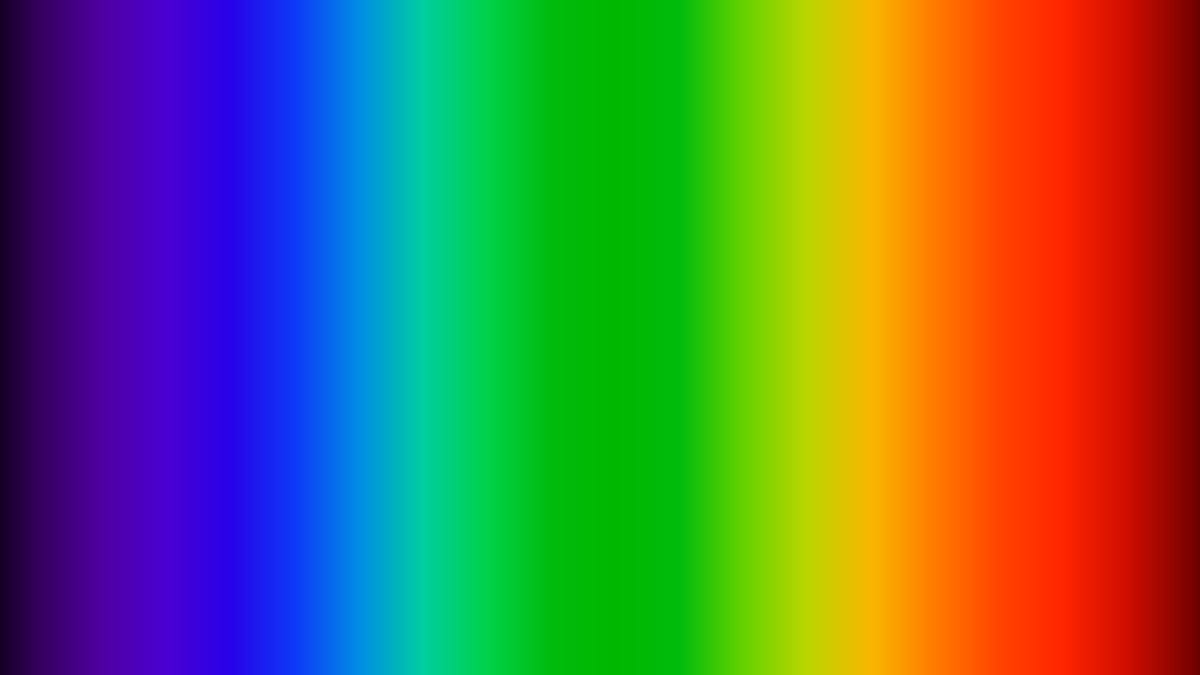 Why You Can Trust CNET
Why You Can Trust CNET What is wide color gamut (WCG)?
Wide color gamut is one of the more interesting TV features of recent years. In theory, it can make a TV look even more realistic. Here's how.

The more realistic a TV looks, the better, right?
Most of the hype surrounding new TV technology in the last few years revolves around 4K resolution and how it compares to good, old high-definition. But now that 4K TVs are dirt cheap, TV makers have taken to flogging High Dynamic Range for all it's worth. HDR is great, but it's not the only new TV feature worth discussing.
Wide color gamut, or WCG, is often lumped in with HDR. While they're often found together, they're not intrinsically linked. Where HDR is an increase in the dynamic range of the picture (with brighter highlights in particular), WCG is an increase in color: "Redder" reds, "greener" greens, "bluer" blues and more. Both provide more of an impact on-screen than the resolution increase from high-def to 4K, but in different ways.
Here's what you should know.
A rainbow of fruit flavors
All TVs produce a limited range of colors. Those colors aren't quite what you see in the real world. This is due to limitations in both display technology and source material. HDTVs greatly improved the amount of colors possible on a TV compared to the old CRT tube TVs. The first few generations of 4K TVs used the same "color space," or palette of colors that HDTVs used to create a picture.
Wide color gamut, to put it simply, lets TVs display more colors. Not just more colors, but more lifelike colors.
First, it makes the palette itself bigger. Deeper reds, greens, and blues plus richer secondary colors like magentas, cyans, yellows and more. So colors that were too deep or intense on an HDTV can now be shown on an WCG-capable 4K TV. Think a bright yellow flower, or a dark brick red.
Here's a representation of human color vision, with triangles as the "palette" (gamut) used by TVs. The smallest triangle (circles at corners) is what HDTVs can do. The next largest (squares) is P3 color, roughly what today's best 4K/WCG TVs can do now. The largest is Rec 2020, a goal for the future.
Second, it increases the "bit depth," or how many steps of each color a TV has available. As in, more shades between light pink to deep burgundy. With more shades of each color come more colors in total. With HDTV roughly 16.7 million colors were possible. With WCG, over 1 billion colors are possible -- and that's still not as much as your eye can see!
For more detail on how, check out Ultra HD 4K TV color, part II: The (near) future .
How can you get it?
To see the wide color gamut on the screen, you need a TV that can display it as well as a source that can send WCG content. Or to put it another way, if your 4K TV has WCG, but you're watching a DVD, a regular Blu-ray or just about any TV channel, you're not seeing all those colors.
As I mentioned before, HDR and WCG often appear together, so most HDR material is also in WCG. Almost all 4K Blu-ray discs have wide color gamut. The same goes for HDR streams from places like Nextflix, Amazon and Vudu. To get an idea where you can get WCG content, check out Where can I get HDR TV shows and movies?
Your current HDMI cables will almost certainly be OK. For details, check out When should I upgrade my HDMI cables?
What else you need to know
- The improvement in color is pretty subtle, but easily visible in a side-by-side comparison. Typically it shows up more in red and green.
- Not all 4K TVs can do wide color gamut.
- Some TVs claim to be HDR and WCG compatible, but can't actually display HDR and WCG. These TVs will accept an HDR/WCG signal from a 4K BD player or media streamer, but aren't capable of displaying colors greater than what a standard HDTV can.
- All current-generation OLED TVs (from LG and Sony) are capable of HDR and WCG.
- Most TVs with quantum dots (i.e. what Samsung uses in their QLED TVs), are capable of the same.
- Some other TV technologies, like Sony's Triluminos or LG's Nano cell TVs, can also display WCG.
- Some TVs will be capable of more colors than others, even if both are labeled WCG. Generally the difference won't be huge, but it's worth checking reviews to be sure.
- In CNET reviews of WCG TVs, we list a percentage of P3 color coverage in the Geek Box section of the review.
The short version
Wide color gamut is another step towards more realistic TV images. It's not as big an improvement as better contrast ratios (via HDR, say) but it can make a great impact than 4K resolution at normal seating distances.
Of course, you need a TV and source that are WCG capable, and content that actually uses that wider gamut. With all that in place you'll enjoy richer, more lifelike colors than you've ever seen on a TV. That's pretty cool.
Got a question for Geoff? First, check out all the other articles he's written on topics such as why all HDMI cables are the same, LED LCD vs. OLED, why 4K TVs aren't worth it and more.
Still have a question? Tweet at him @TechWriterGeoff then check out his travel photography on Instagram. He also thinks you should check out his sci-fi novel and its sequel.

